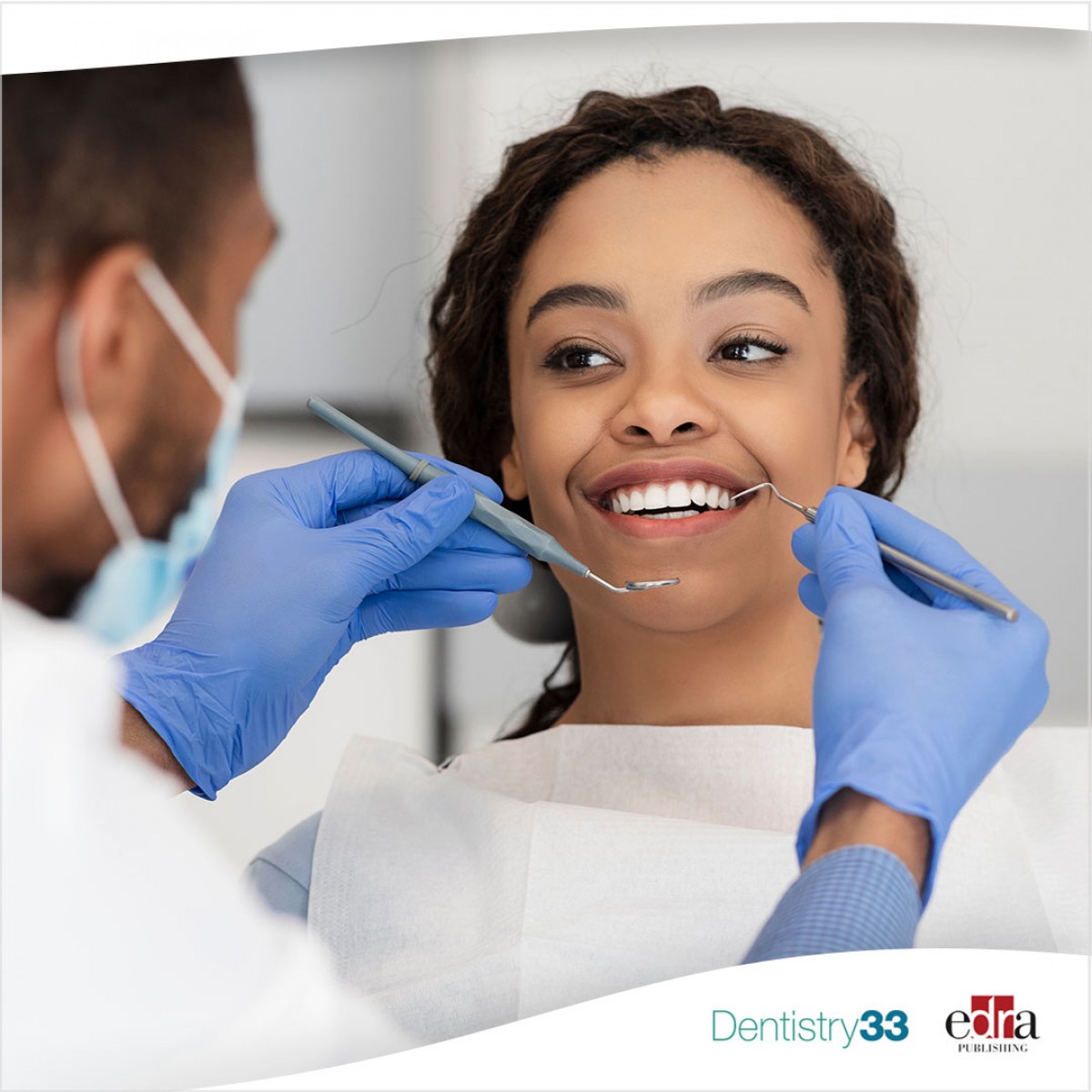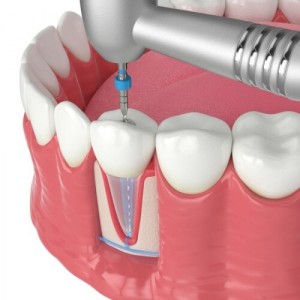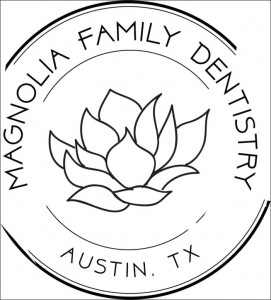
Antibiotic Resistance: The silent pandemia in the COVID-19 era
In a letter to the editor published Jan. 12, 2023, in the International Dental Journal dentistry faculty from Complutense University of Madrid and Rey Juan Carlos University in Spain discussed antibiotic resistance in light of the COVID-19 pandemic.
The authors highlighted the crucial role that dentists play, as they prescribe 10% of all antibiotics (ATBs) dispensed worldwide, 66% of which could be avoided as they are not clinically indicated. Despite the reduction in the prescription of these drugs in recent years, as a result of the pandemic 18.4% more ATBs were prescribed in dental practices in May 2020 compared to the same month in 2019.
However, antimicrobial resistance also has an impact on the oral level. A recent study isolated bacterial pathogens from odontogenic infections and analyzed their resistance to ATBs. It was observed that the most frequently found microorganisms, Streptococcus spp (36%) and Staphylococcus spp (12%), were resistant to penicillin and aminopenicillin in 6.9% and 5.8% of strains, respectively. In addition, more than 17% showed resistance to clindamycin and macrolide ATBs.
Antibiotics in dentistry can be used for preventive purposes — to avoid systemic bacteremia in patients at risk or to achieve an adequate blood concentration to prevent possible bacterial contamination during surgery as well as for therapeutic purposes, as a treatment for infections. The reason for this is the presence in the oral cavity of between 500 to 700 bacterial species, in addition to other nonculturable species discovered by molecular biological techniques.
ATBs are used for longer periods than other drugs in dentistry, such as local anesthetics, anti-inflammatories, or anxiolytics, increasing the risk of adverse reactions, which are observed in more than 1% of patients after the use of penicillin, the authors said. However, a fundamental problem is the worldwide development of antimicrobial resistance to virtually all known families of ATBs, resulting in an increasing number of infections that are more difficult to treat due to the loss of efficacy of these drugs.
This resistance prolongs hospital stays, increases medical costs and increases mortality. Thus, it is a major public health problem, said the authors, who added that it is a priority to urgently change the way ATBs are prescribed and used. Even if new ATBs are developed, resistance will continue to pose a serious threat.
According to the conclusions of the UN General Assembly in 2016, ATB resistance was the most serious and urgent global health risk at the time. However, despite COVID-19, the development of antibiotic resistance has quietly continued in an underlying and parallel manner. In particular, resistance is responsible for more than 700,000 deaths per year globally — around 25,000 deaths in the EU and 23,000 in the U.S.
The associated health and productivity costs are estimated at more than €9 billion per year in the E.U. and $55 billion per year in the U.S. If urgent action is not taken, by 2050 ATB resistance will be responsible for 10 million deaths worldwide — the equivalent of the population of Sweden — making it the leading cause of death, ahead of heart disease and cancer. These predictions may have been exacerbated by the COVID-19 pandemic and the inadequate empirical use of ATBs and teleconsultation.
Dentists should be familiar with the levels of ATB resistance prevention in our field. Primary prevention is fundamental and consists of informing the patient on how to use ATBs correctly according to the prescribed dosage and making them aware of the dangers of their improper use, as well as appropriate prescribing of these drugs by the clinician based on Clinical Practice Guidelines produced by scientific societies.
When ATBs are prescribed preventively, they should be administered preoperatively (at least 1 hour before surgery) to achieve an adequate ATB concentration in the blood and be sufficient to exceed the minimum inhibitory concentration by two to four times. Exceeding this therapeutic range creates a window of selection for therapeutic overdose known as the “mutant selection window,” which modifies the susceptibility of bacteria to ATBs, making them resistant.
In addition, contamination in surgical procedures should be minimized and ATBs are in no way a substitute for basic aseptic measures. If ATBs are prescribed therapeutically, an accurate diagnosis of the patient's pathology must be made, followed by the choice of an appropriate ATB according to the type of infection present and with a narrow spectrum, as well as an appropriate dose and dosage.
In this respect, ATB treatment durations are recommended to be as short as possible but sufficiently effective to kill the bacteria present, when patients notice a clinical improvement of the associated symptomatology (although this is currently not supported by the evidence).
By reducing treatment times, the exposure of bacteria to ATBs is reduced, reducing the rate at which bacteria develop resistance and the adverse drug effects on the patient. Secondary prevention is based on the detection of ATB resistance and reporting resistant infections to pharmacovigilance agencies.
Finally, tertiary prevention would be based on performing cultures and antibiograms in the presence of infections and identifying the susceptibility.
Angel-Orión Salgado Peralvo, Naresh Kewalramani, María-Victoria Mateos-Moreno. “Antibiotic Resistance: The Silent Pandemia (in the COVID-19 Era).” International Dental Journal. Jan. 12, 2023, ISSN 0020-6539, https://doi.org/10.1016/j.identj.2023.01.003.
 Related articles
Related articles
Oral Hygiene & Prevention 08 September 2023
How well do dental hygienists understand infective endocarditis prevention?
Infective endocarditis is a rare infection of the endocardium and heart valves, with a mortality rate that is high. Over the years, this has led to the development of specific guidelines with the...
Oral Hygiene & Prevention 06 February 2023
Quantifying the risk of prosthetic joint infections after invasive dental procedures
The authors aimed to identify any association between invasive dental procedures and late periprosthetic joint infections and whether antibiotic prophylaxis reduces LPJI incidence after IDPs.
There is still no accordance on the antibiotic prophylaxis regimen to prevent failures or postoperative infections in healthy patients undergoing standard implant surgery.Some authors proposed...
Implantology 02 October 2025
Proper implant treatment planning remains the first priority for implant success. Dental imaging is an important tool to accomplish this task.
Oral surgery 05 September 2025
Fentanyl, a short-acting synthetic opioid, has a pharmacokinetic profile suited to fast relief of brief episodic pain.
 Read more
Read more
Digital Dentistry 22 October 2025
Artificial intelligence in dentistry: Exploring emerging applications and future prospects
This narrative review aimed to explore the evolution and advancements of artificial intelligence technologies, highlighting their transformative impact on healthcare, education, and specific aspects...
Editorials 22 October 2025
She will examine how Medicaid adult dental coverage and preventive dental visits influence diagnosis and survival outcomes for oral and pharyngeal cancers.
Products 22 October 2025
Mid America Dental Sales, Inc. (MADS) is pleased to announce a permanent extension of the warranty on our reliable X4 handheld X-ray device to a best-in-class three years.
News 22 October 2025
As the live music capital of the country, the Austin area contains many aspiring musicians, but it also has artists, gig workers, and freelancers who have office-less lifestyles to pursue their...
News 22 October 2025
Concorde Career College–Grand Prairie alumna, Jennifer Allen, has been named “Graduate of the Year” by Career Colleges and Schools of Texas (CCST) in recognition of her academic achievement,...















